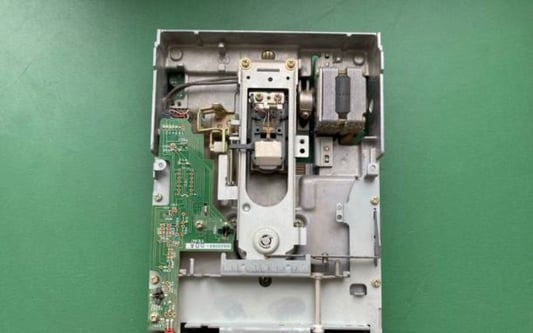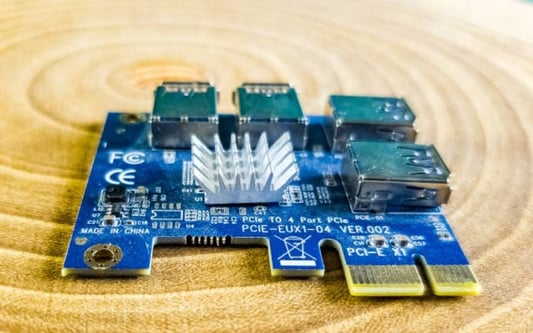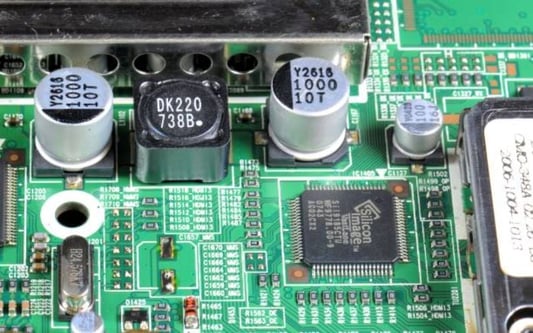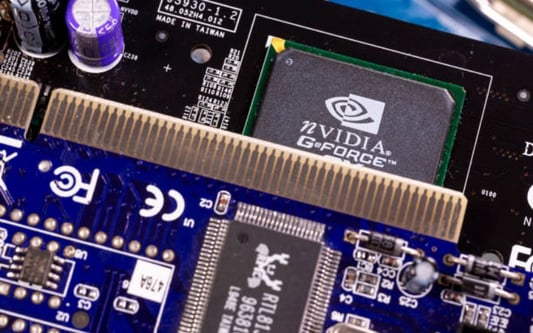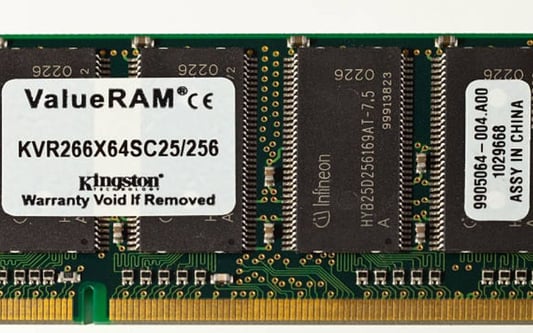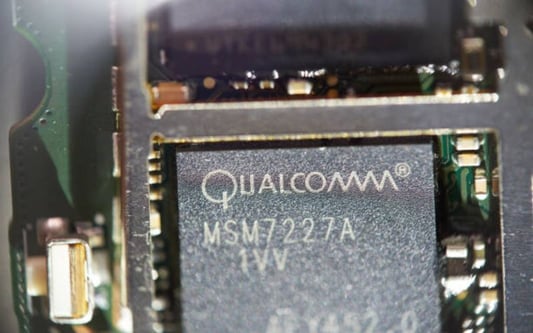OverviewA vacuum brazed liquid cold plate is a type of thermal management device that is used to regulate the temperature of electronic components. These plates consist of a series of channels that are filled with a liquid coolant, which helps to dissipate heat away from the components.ConstructionThese cold plates are constructed using a process known as vacuum brazing. This involves heating the plate and the coolant channels to a very high temperature and then fusing them together using a special filler material. The result is a highly efficient thermal management device that is capable of withstanding extreme temperatures and pressures.MaterialsVacuum brazed liquid cold plates can be made from a variety of materials, including copper, aluminum, and stainless steel. The choice of material will depend on the specific requirements of the application, such as the operating temperature range, the level of thermal conductivity required, and the compatibility with the coolant being used.CoolantThe type of coolant used in a vacuum brazed liquid cold plate will depend on the application. Some common types of coolants include water, glycol, and other specialized fluids. It is important to choose a coolant that is compatible with the materials used in the cold plate and which has the appropriate thermal properties for the application.PerformanceVacuum brazed liquid cold plates are highly efficient at dissipating heat, making them ideal for use in high-temperature applications. They are also capable of achieving very precise temperature control, which is important in many electronic systems. The performance of these cold plates can be further enhanced by using advanced coatings or surface treatments.ApplicationsVacuum brazed liquid cold plates are used in a wide range of electronic and industrial applications. They are commonly found in high-power electronic systems, such as power supplies, inverters, and motor drives, as well as in aerospace, automotive, and medical equipment. They are also used in scientific and research applications, such as in cryogenics and particle accelerators.AdvantagesVacuum brazed liquid cold plates offer a number of advantages over other thermal management devices. For one, they are highly efficient at dissipating heat, which can help to extend the lifespan of electronic components. They are also highly reliable and can withstand extreme temperatures and pressures. Finally, they are easy to install and require little maintenance.LimitationsThere are some limitations to the use of vacuum brazed liquid cold plates. They can be more expensive than other thermal management devices, especially for large or complex systems. In addition, they may not be suitable for all applications, especially those involving corrosive or abrasive fluids.MaintenanceMost vacuum brazed liquid cold plates require very little maintenance, especially if they are constructed using high-quality materials. However, it is important to regularly inspect the cold plate for signs of damage or wear, and to clean it as needed to prevent buildup of contaminants or debris.ConclusionVacuum brazed liquid cold plates are a highly effective and reliable method of thermal management in electronic systems. They offer precise temperature control, high efficiency, and excellent performance in a range of applications. While they may not be suitable for all situations, they are often the best choice for high-power, high-temperature, or mission-critical systems.Quote InquiryContact us!


